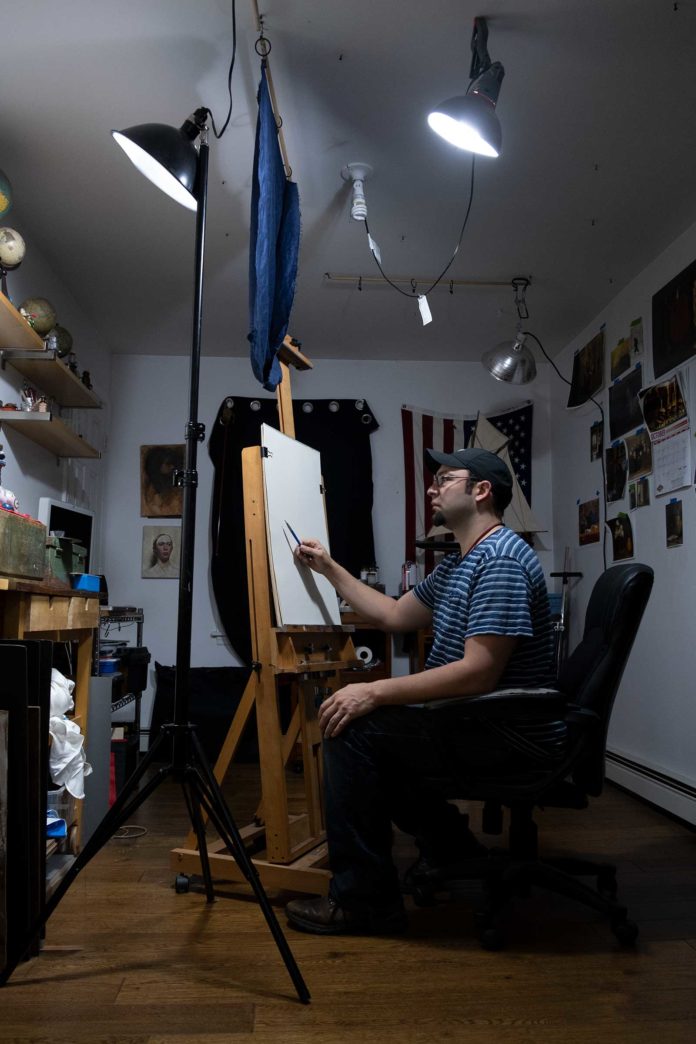What’s the best lighting for your art studio? Todd Casey explains in this excerpt from the new book The Art of Still Life: A Contemporary Guide to Classical Techniques, Composition, and Painting in Oil.
Art Studio Lighting Basics
BY TODD CASEY
A Dedicated Space for Painting
If at all possible, you should dedicate a space for your still life painting. It can be a room in your home, a separate studio, or even a studio space you share with another artist—anywhere you’re able to focus solely on your art. I strongly suggest that your studio have a door that can be closed to help you stay focused on the task at hand. I like
to think of my studio as similar to a meditation or yoga space. Painting can be frustrating, since you’re solving problems over and over again. The more focused you are, the more productive you will be.
Art Studio Lighting Considerations
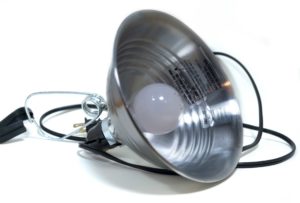
The lights you choose and how you set them up will greatly affect your painting. If you paint in natural light, you will most likely have a single source illuminating both your setup and your easel. North light is best, as it stays more consistent over the course of the day and from season to season. It’s more optimal if the light comes from overhead through a skylight rather than from the side through a window on the wall, because the shadows will fall downward instead of sideways.
If you paint under artificial light, you need to control the light as best you can. Ideally, you’ll have a single light that is large enough to illuminate both your setup and your painting surface. If that cannot be achieved, I recommend using two lights, each containing a bulb of the same type and wattage. Direct one at your setup and the other at your easel. The distance of the first light from the setup should be the same as the distance from the other light to the easel so that the degree of illumination is the same. Note that it is very important that the shadow of your painting arm does not fall across your canvas, because this will interfere with your ability to see what you are painting.
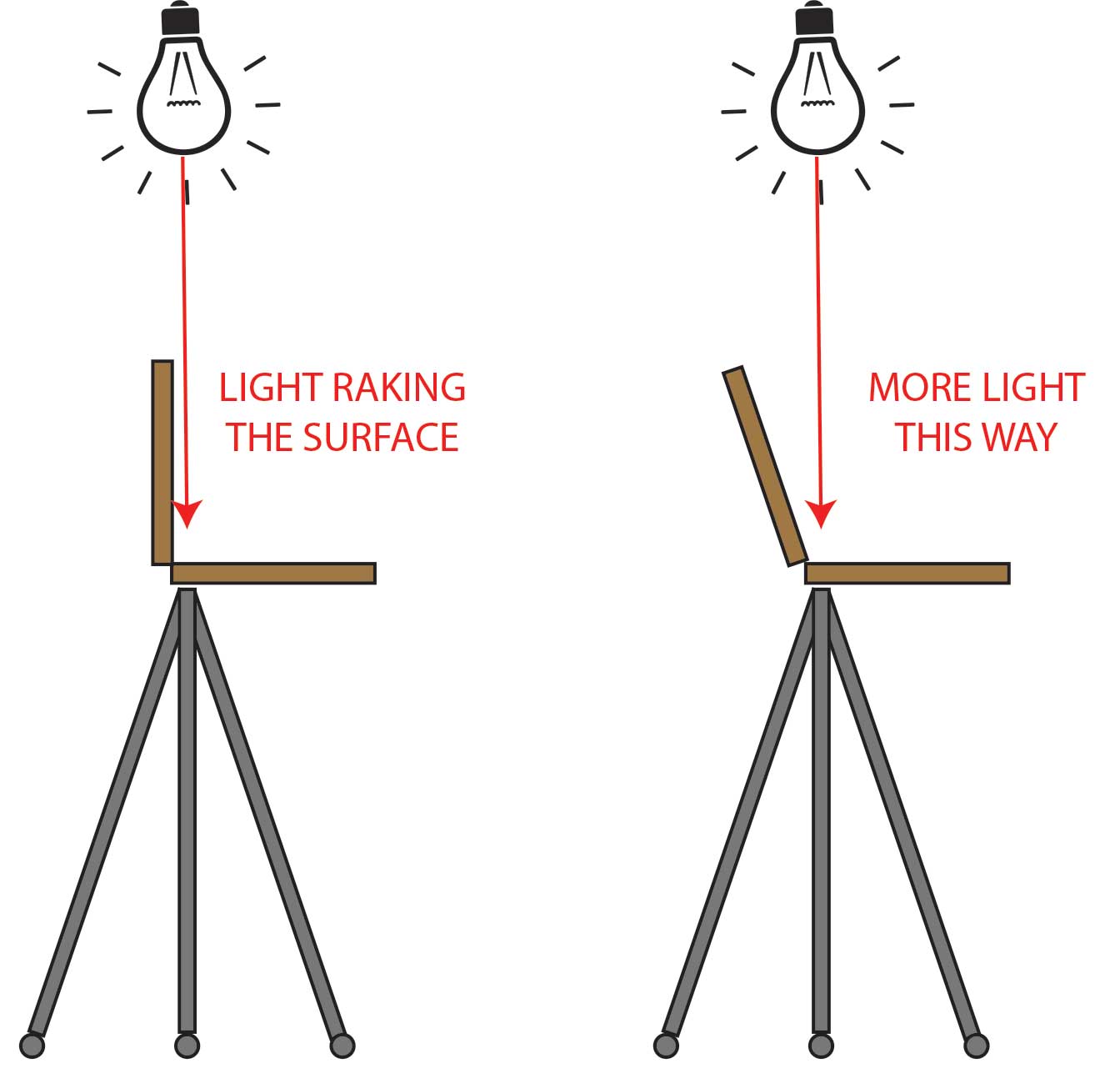
It is very important that you avoid raking light—light that falls on a surface and is nearly parallel to the light source. If you paint under raking light, you may almost feel as if you are working in the dark. Also, the raking light will emphasize the surface texture of your canvas or panel in a distracting way. Tipping your easel back slightly so that the light falls more directly on the painting surface will fix the problem.
If you paint under artificial light as I do, I also recommend that you block any excess light from coming into your studio. Excess light will interfere with how you perceive everything in your setup. Black foam core boards are excellent for blocking out light. I also cover my studio’s windows with black curtains.
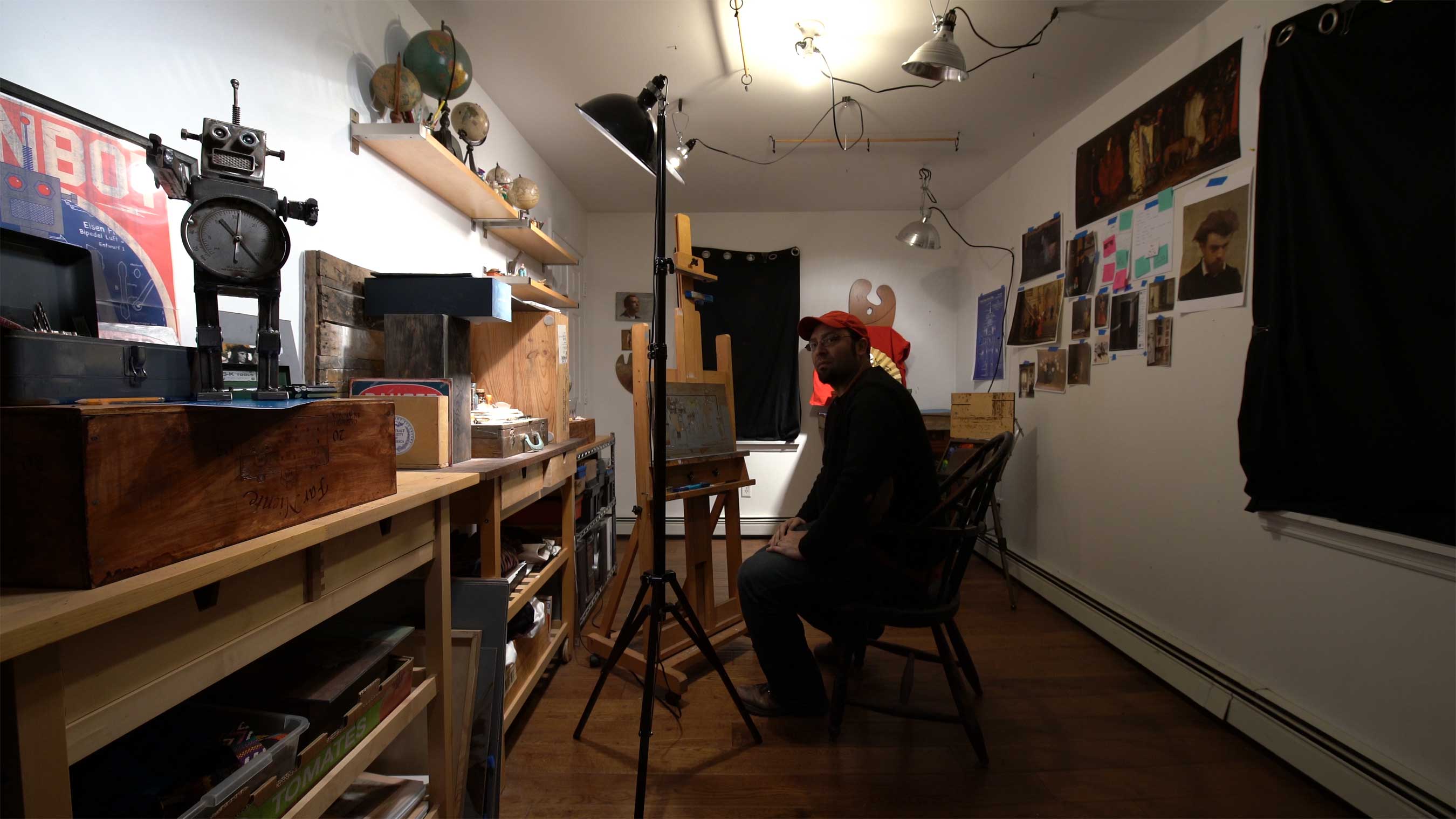
Art Studio Tip: If you work under warm lights you may want to wear a cap with a bill, or visor. This will cut down on the raking light that can get into your eyes, causing them to tire. (It can also help prevent the retinal damage that can result from looking at light for too long.)
Related Article > Painting from Photographs: How the Advantages Outweigh the Disadvantages
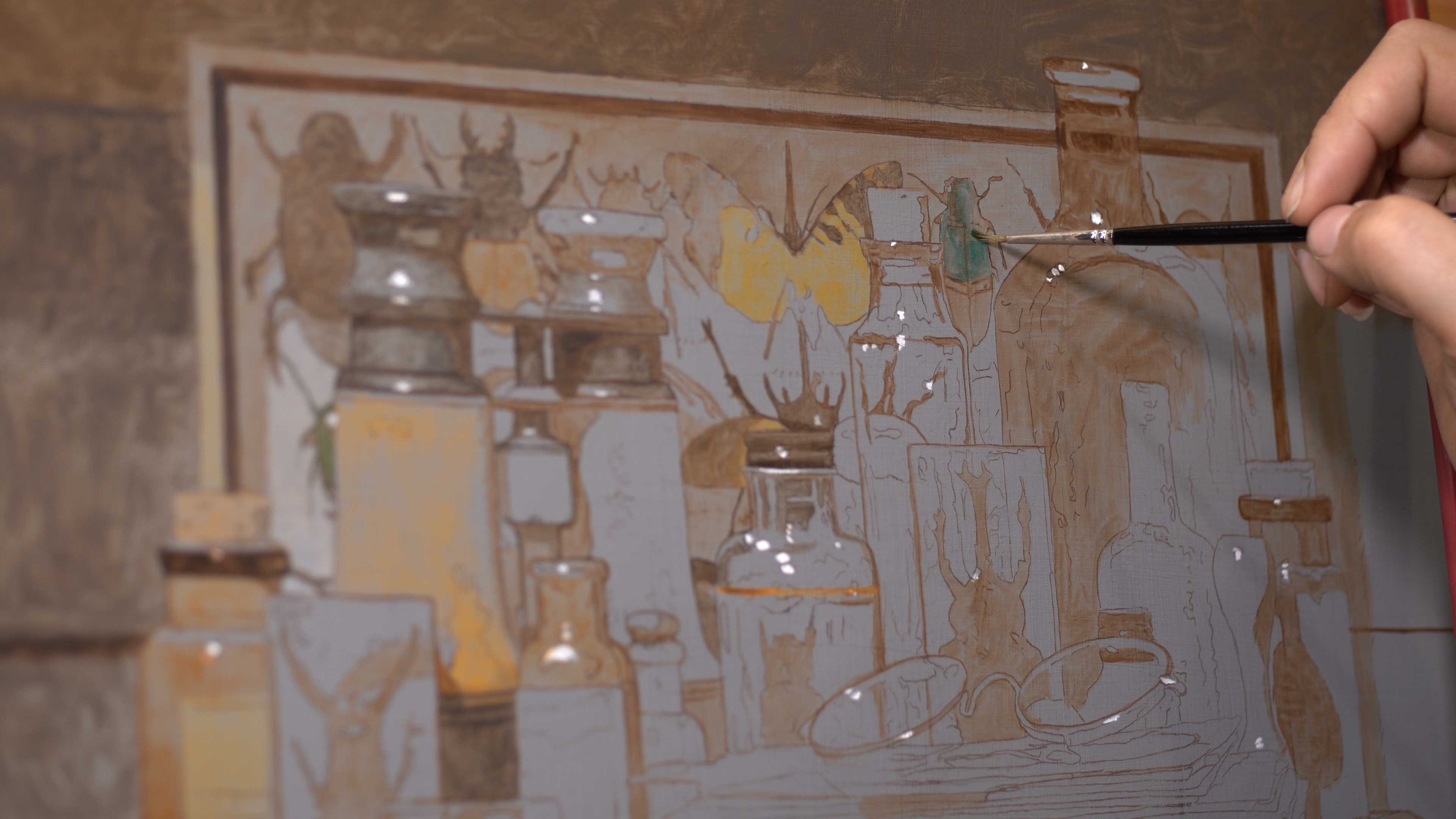
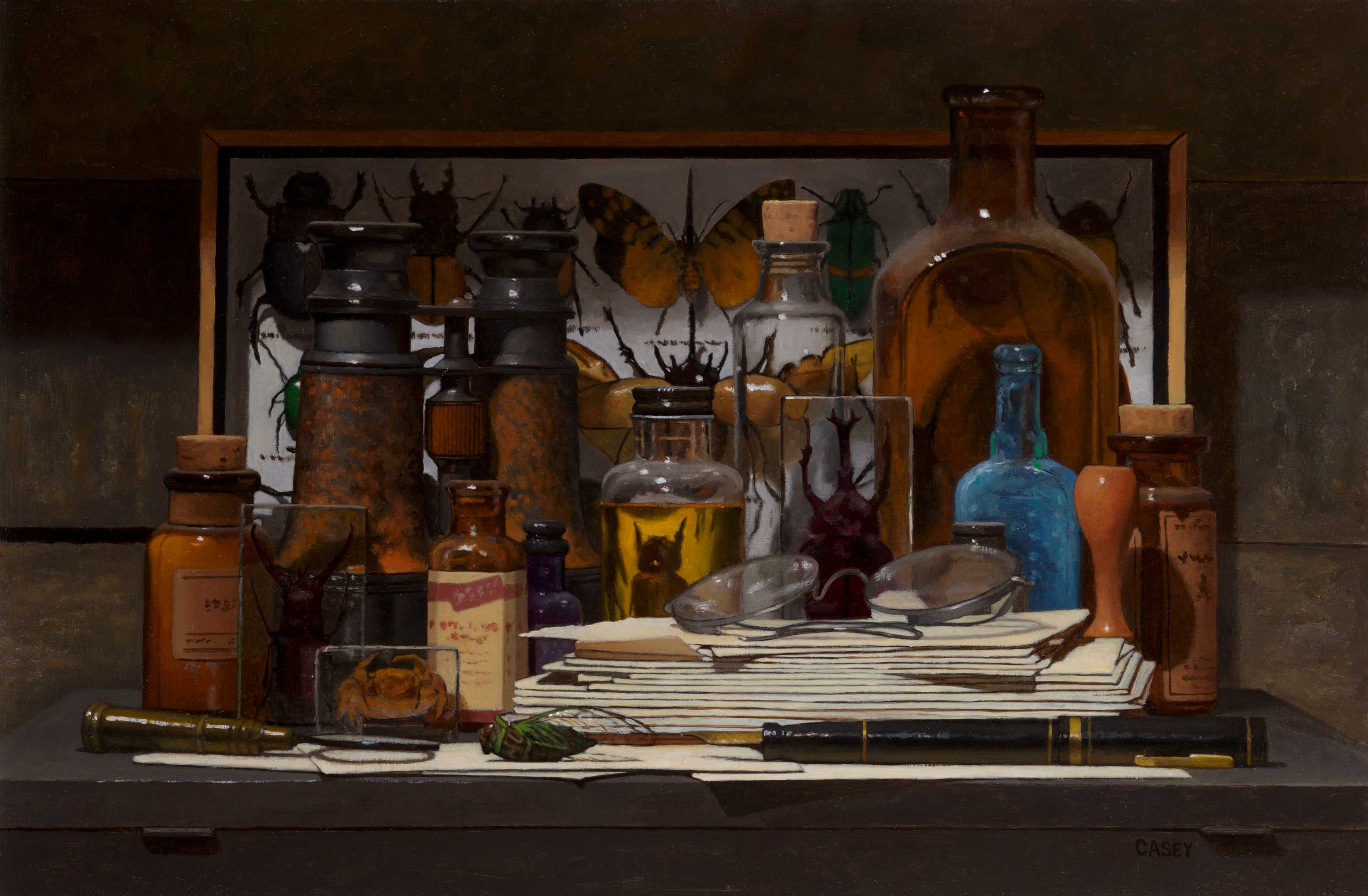
Art Studio Wall Color
Everything in your painting environment affects your setup and therefore your painting. The color of your studio’s walls (and everything else in your studio) will influence everything you observe. White walls reflect a lot of light, so I would at least try to tone them down a bit. A mid-gray value is recommended.
Special Note: Proper Ventilation for Your Art Studio
Working with oil paints can be risky, since some paints and all mineral spirits (even the odorless ones) are toxic. So I highly recommend that you work in a well-ventilated space. At the very least, always have a window cracked or use a two-way fan that constantly circulates air in and out of your studio.
Contemporary Still Life Paintings by Todd Casey:
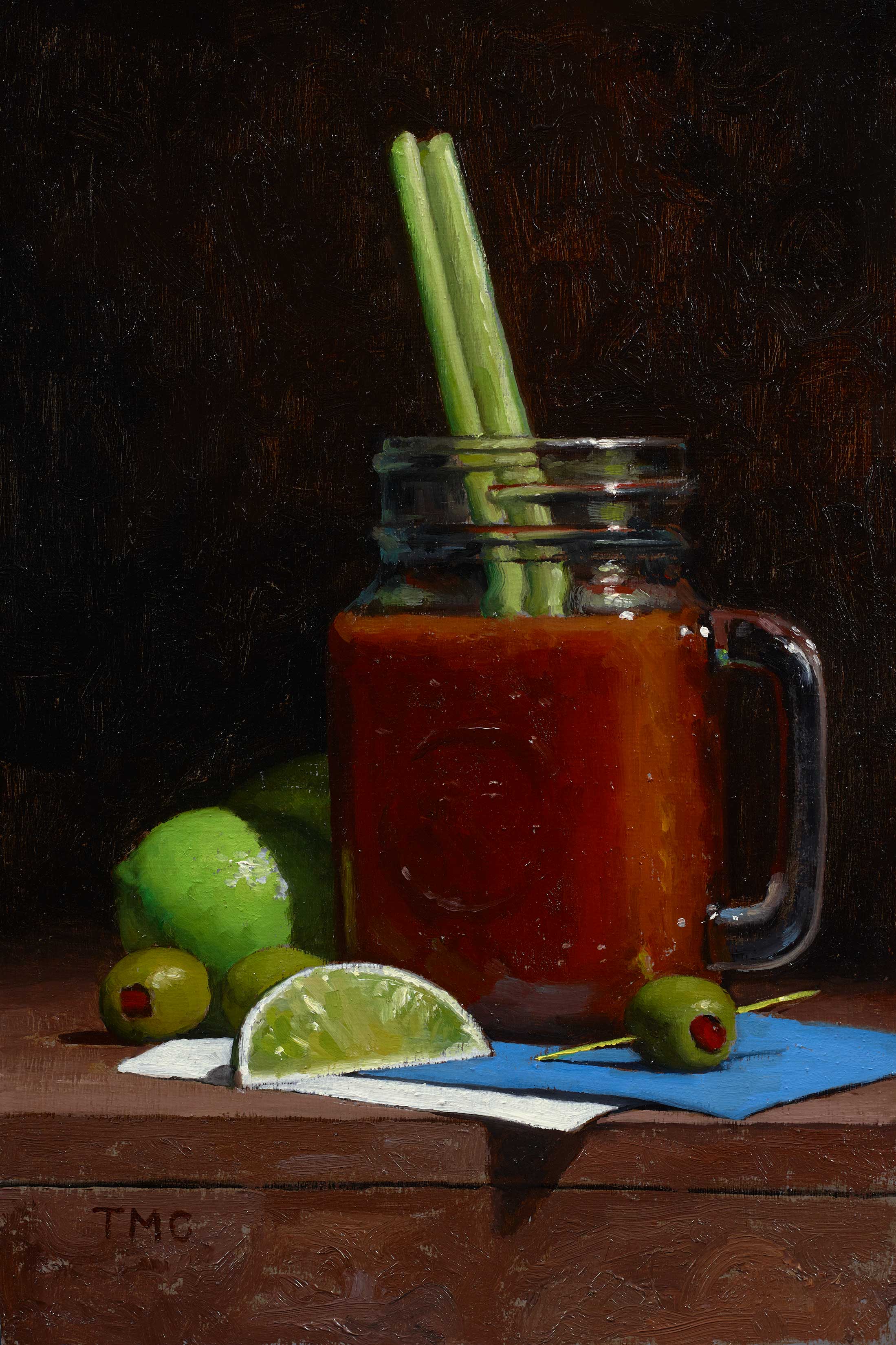
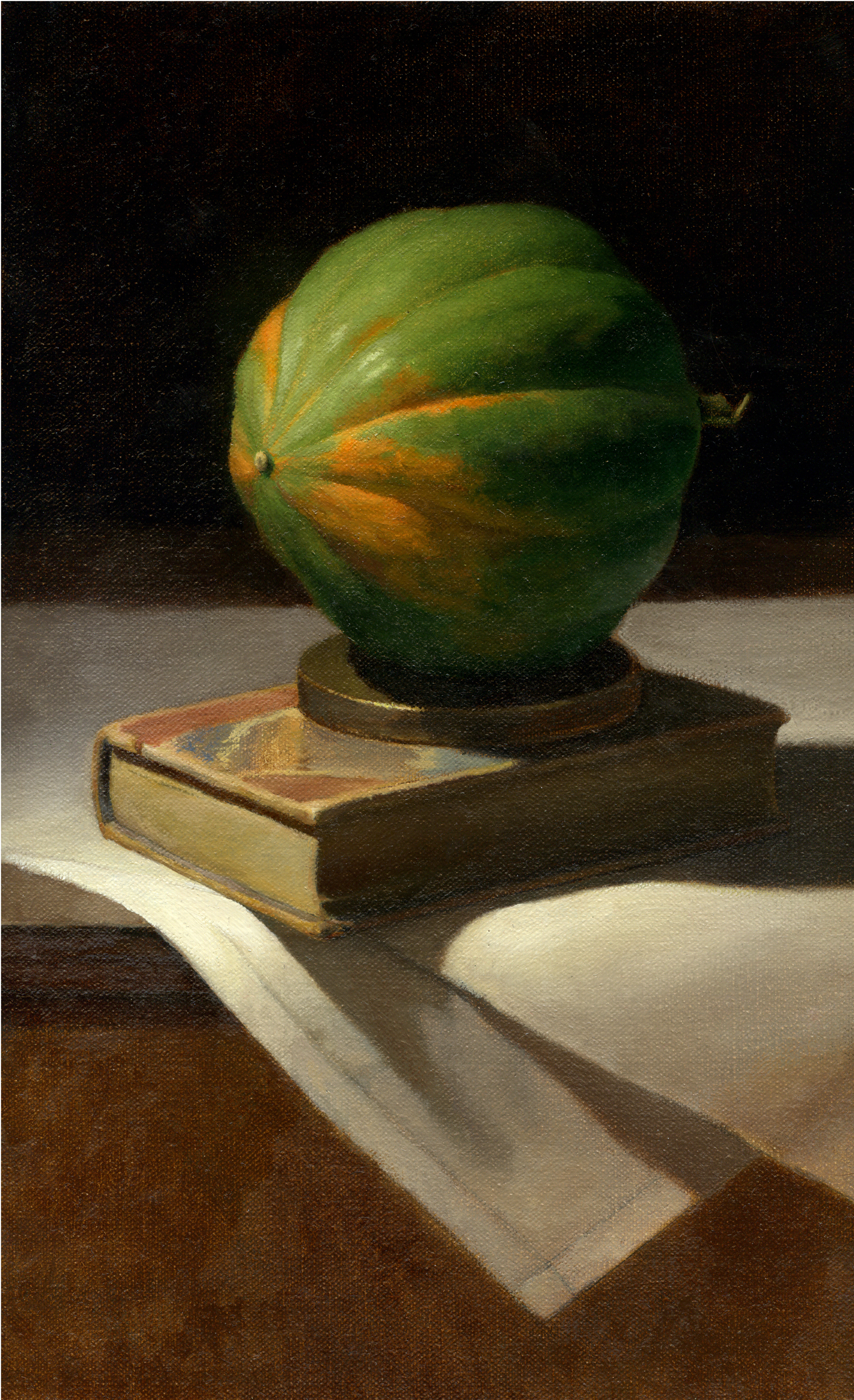
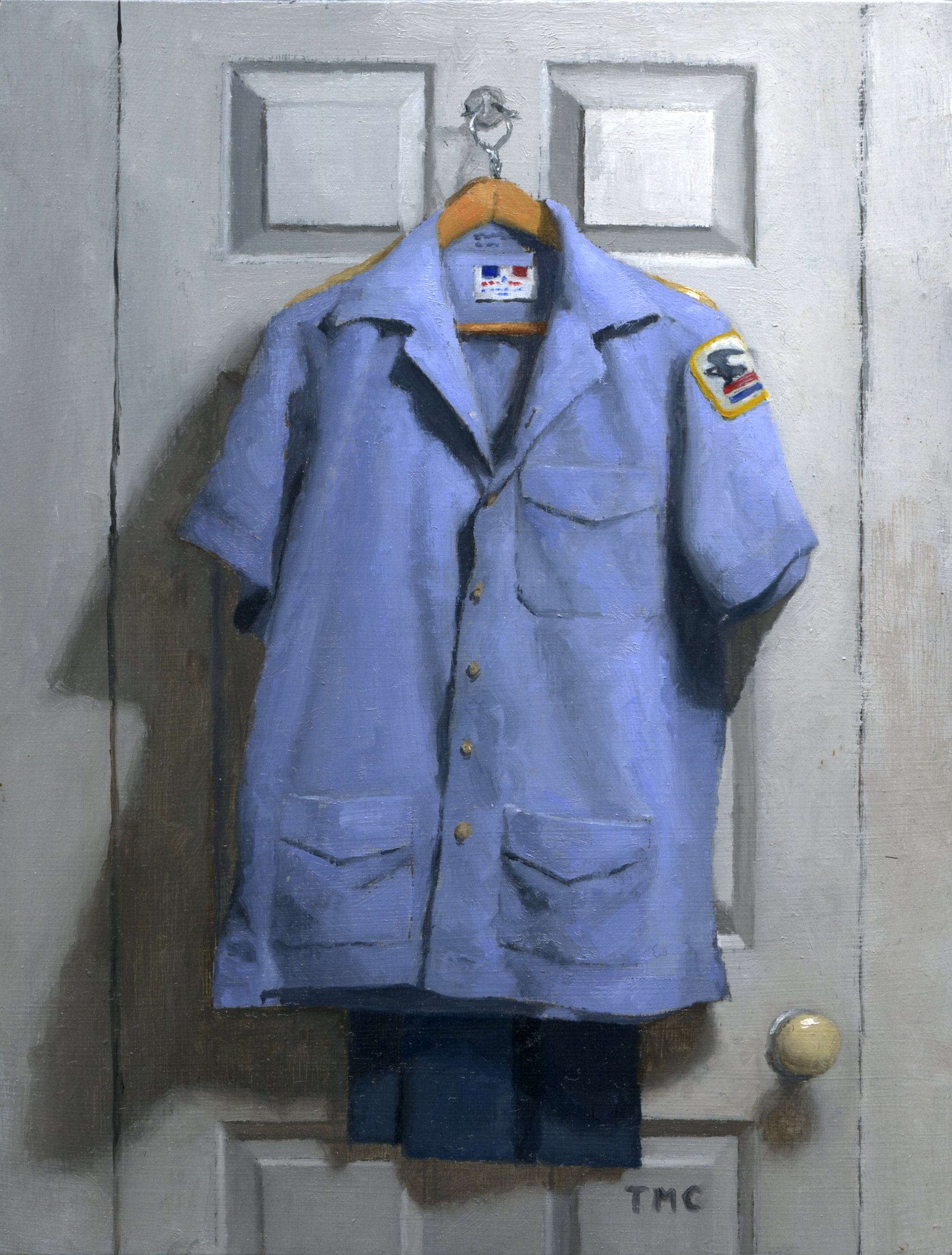
> Visit EricRhoads.com (Publisher of Realism Today) to learn about opportunities for artists and art collectors, including:
- Art retreats
- International art trips
- Art conventions
- Art workshops (in person and online)
- And more!


